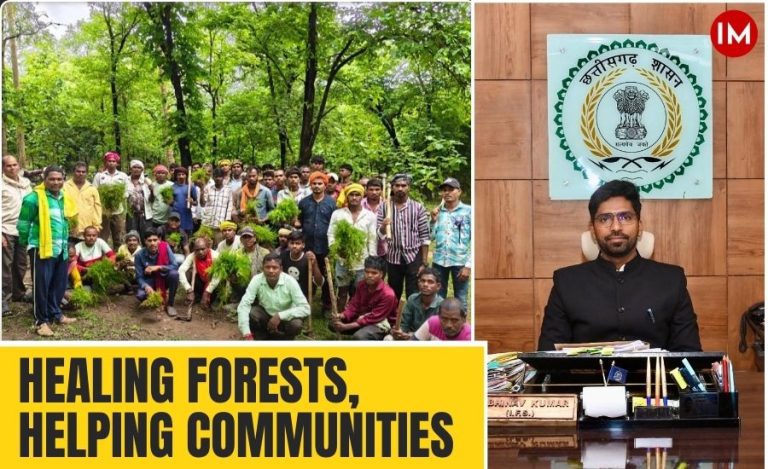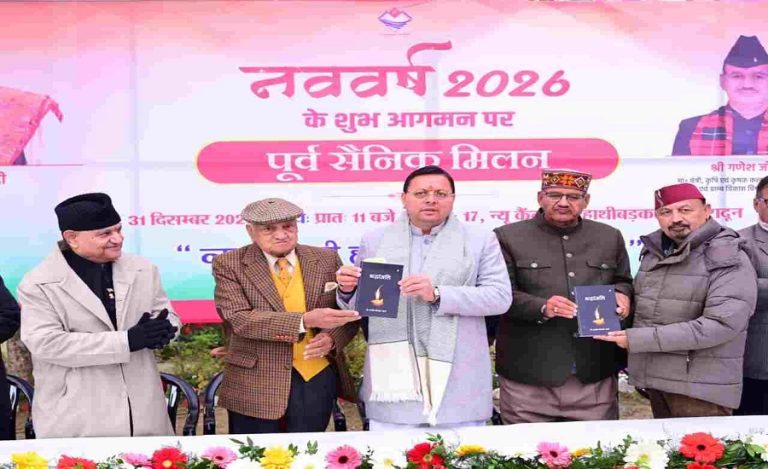A unique initiative of the forest department of Churu district in Rajasthan to make girls anemia free has caught the attention of health professionals and fitness enthusiasts alike. More so because this initiative is based on a traditional method of using locally available plants and trees for good use.
This time, the forest department decided to use the leaves of Moringa (Sahejna) trees to treat anaemia and under-nutrition in girls of the district. Around 18000 girls in rural areas are benefiting from this move, which was initiated by District Conservator of Forests Savita Dahiya, a 2013-batch IFS officer.
Indian Masterminds interacted with the officer to know more about her Moringa initiative and its implementation.

THE MORINGA STORY OF CHURU
Anaemia is a nutritional disorder that affects mostly children and is mainly brought about by iron deficiency. Moringa leaves are rich in iron and other essential nutrients necessary for iron metabolism. So,making these leaves a part of one’s diet can help fight anaemia.
Talking to Indian Masterminds, Ms. Dahiya said, “As we have nurseries in our forest department, the complete infrastructure related to tree and plant’s growth is available. And it’s well proven that Moringa has a lot of medicinal value. Many girls in Churu district are anaemic, so we thought of including Moringa in their diet, apart from medicine.”
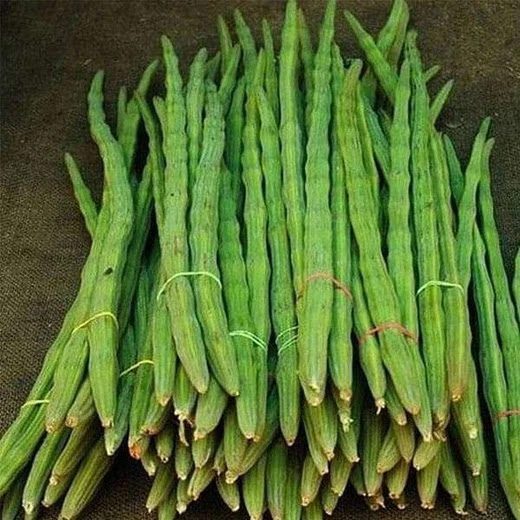
Accordingly, the forest department chalked out a plan. They got pamphlets printed and distributed them to the people to create awareness about the benefits of Moringa and how to include them in diet – Moringa drumsticks are mixed with vegetables or cooked separately. The leaves can also be dried and powdered to be used in food.
“To make Moringa accessible to the common people, we organised awareness camps in schools. On Women’s Day, we distributed Moringa seeds to the families of 18000 girls, free of cost. We are actively promoting the planting of Moringa trees in people’s homes,” Ms. Dahiya said.
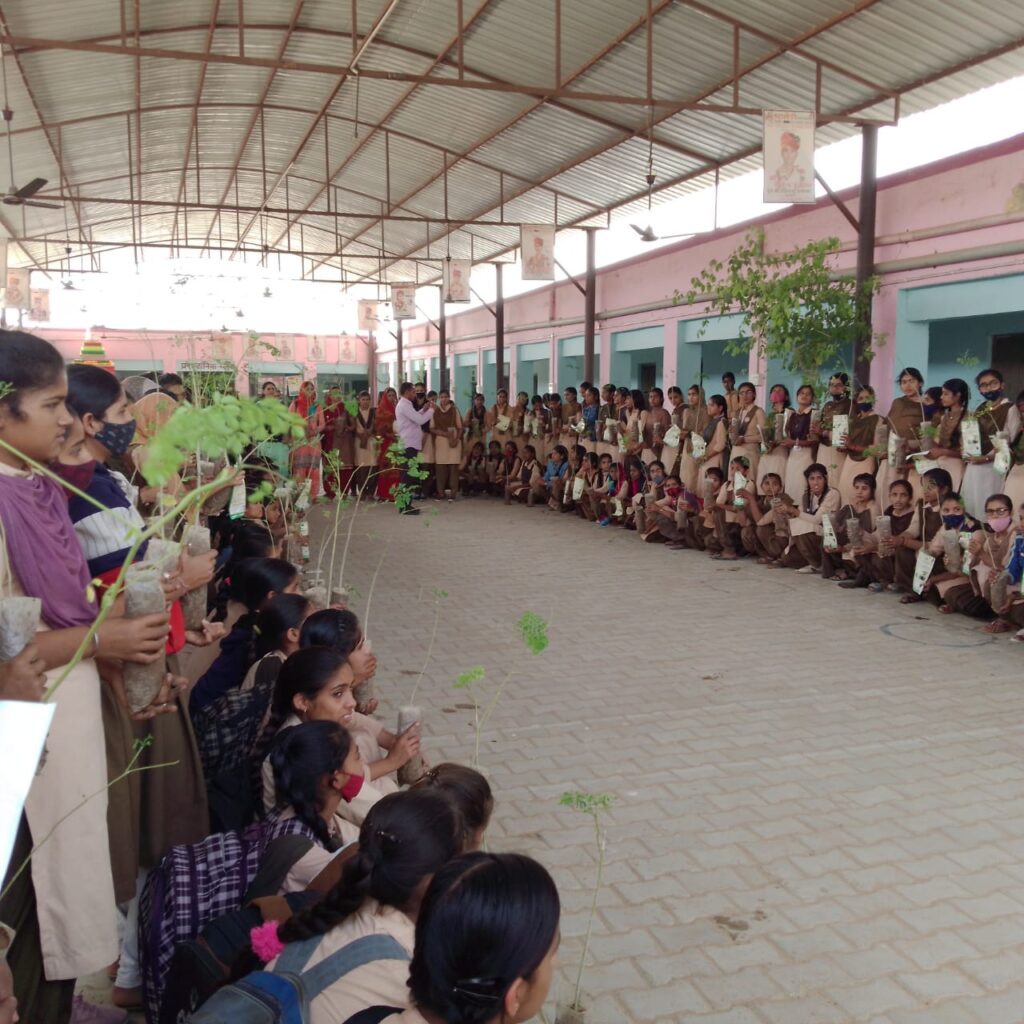
MORINGA WORKSHOP
Traditionally, moringa does not grow in Churu, as the district is part of a desert. Hence, the plants demand a lot of care and protection. This is the first time that the forest department is trying to get Moringa trees planted in people’s homes.
Ms. Dahiya said, “Once it becomes a part of people’s food habit and they benefit from it, they will promote it themselves and we can then get it planted in schools, colleges, cremation grounds, etc. Recently we, also, held a workshop with children from 2-3 schools on Moringa benefits.”
The officer also informed about a government scheme being implemented in the district, through which Moringa saplings can be bought at subsidised rate, at Re 1 per plant. Notably, a local person helped distribute the plants free of cost by paying Rs. 18 thousand from his own pocket to the forest department.
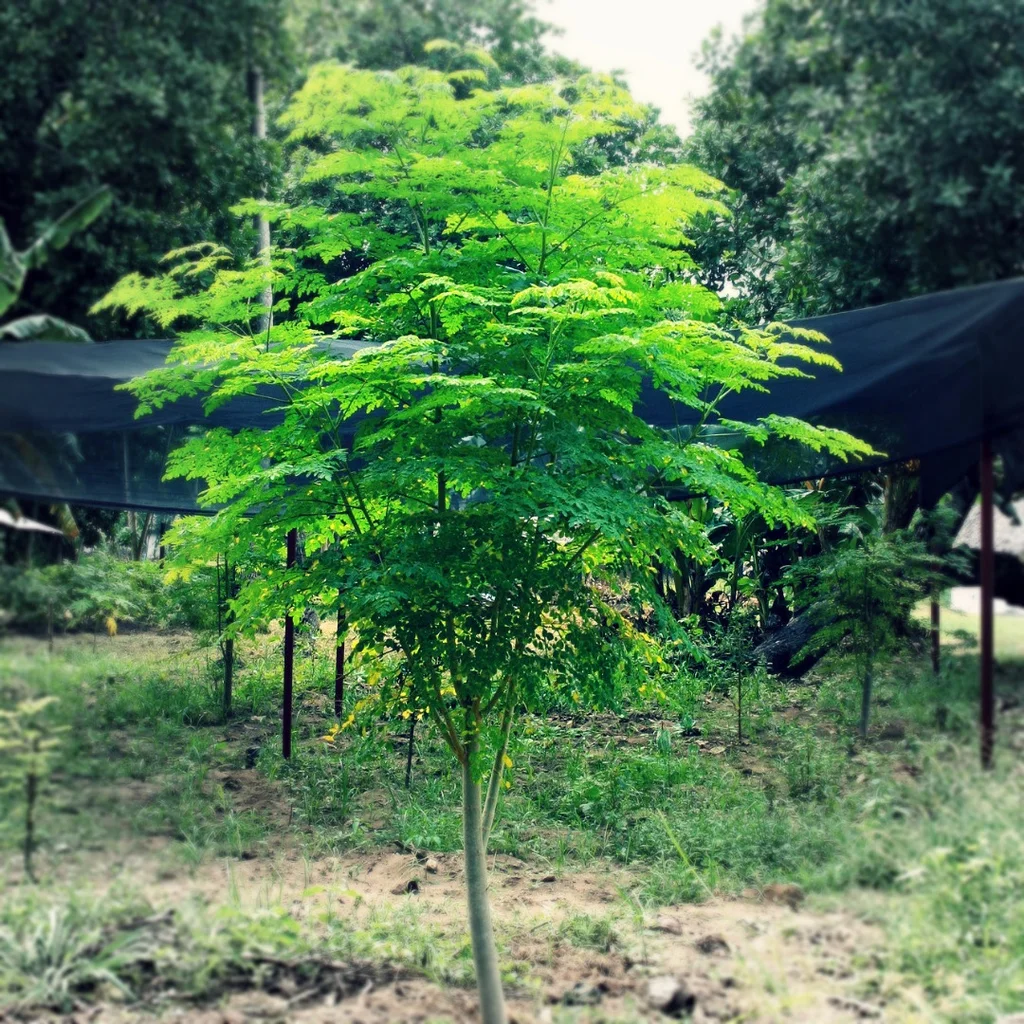
BENEFITS
Highlighting the benefits of Moringa, the officer said that they are well documented in Ayurveda texts. In South India, it is had daily with food. Now, many companies have also started making Moringa-based products. It’s being popularised as a superfood because of its many benefits.
FUTURE PLANS
On future plans, Ms. Dahiya said that the department proposes to increase moringa trees by at least 10% in the next forest target. “They need a lot of care, like daily watering, extra protection, etc. This is not easily possible in a desert area. But, yes, we will try. That’s why,we are encouraging people to plant it in their houses, as they can take good care, in the same way they take care of basil and curry leaf plants.”
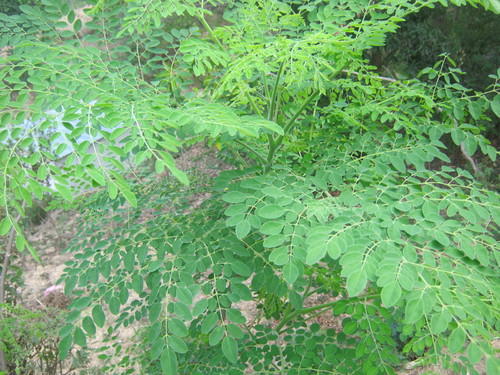
HOW TO PLANT MORINGA
The officer further said that all should plant Moringa tree wherever possible because of its many benefits, and even gave tips on how to go about it.
“You need at least 4 by 4 feet of space to plant it. Dig the pit, put some poppy seeds and manure in it, and plant the sapling. Then, install a tree guard. Once it gets bigger, it will provide shade, biodiversity will increase, and birds will come to rest, and their chirping will enliven the environment.”
Moringa (Sahejna) trees immense benefits have reached to around 18000 girls in Churu district. Helps anaemia & under-nutrition in rural girls. An initiative of #ForestDept #Rajasthan#Health #Ayurveda #womensday #NREGA@LadyIFSOfficers @ParveenKaswan @SudhaRamenIFS pic.twitter.com/o6PiaU080r
— God's Favourite Child (@Savi_IFS) March 11, 2022






